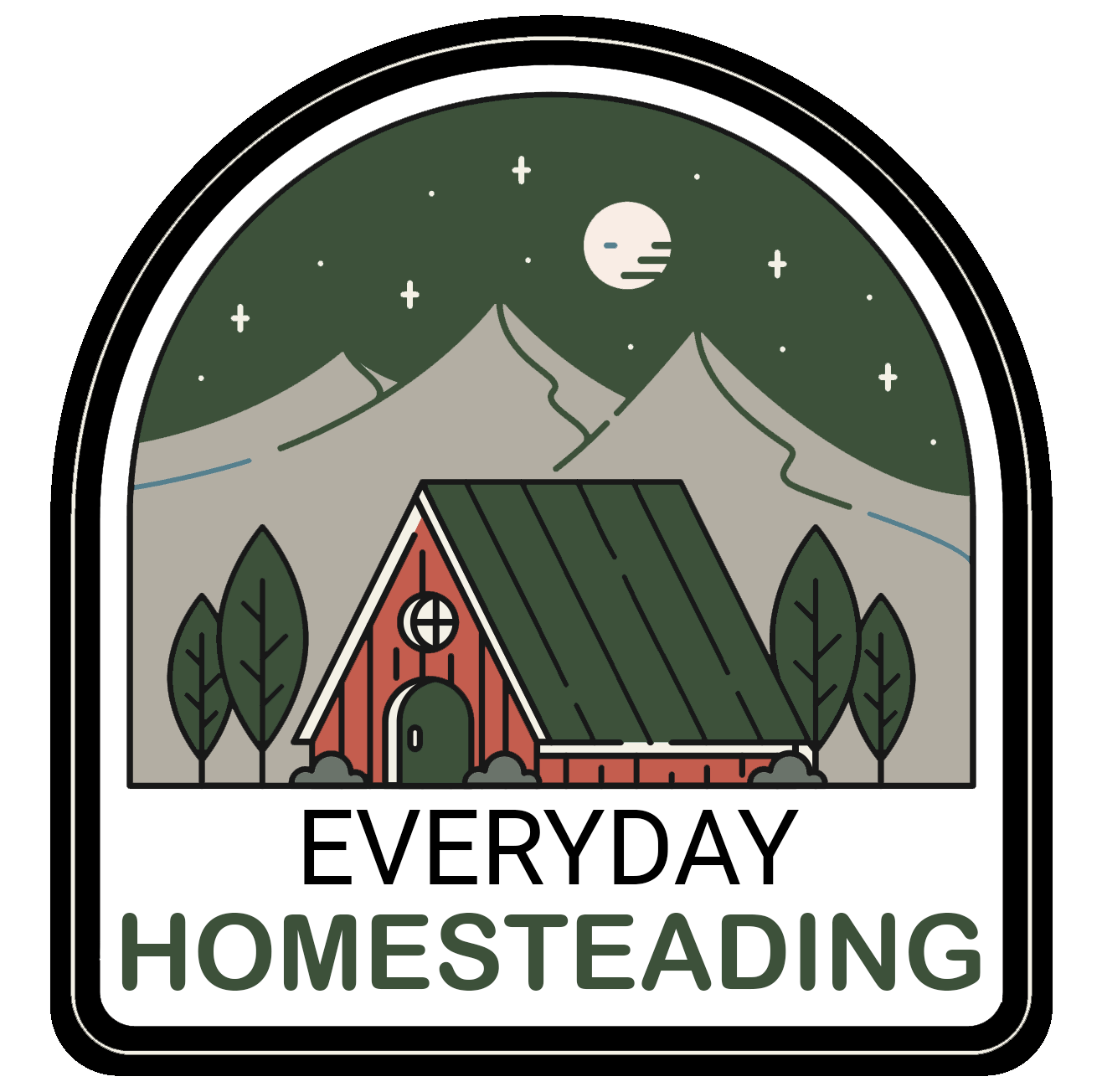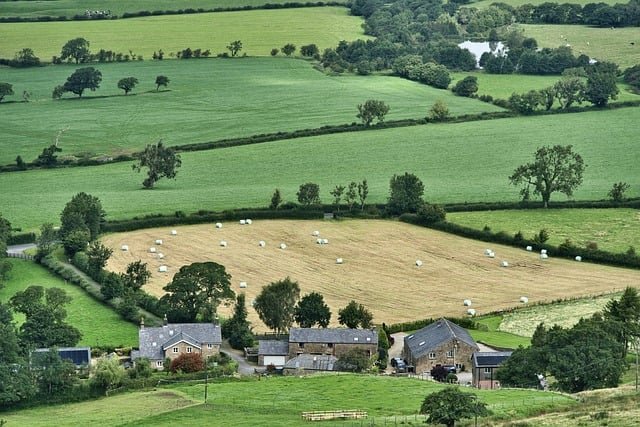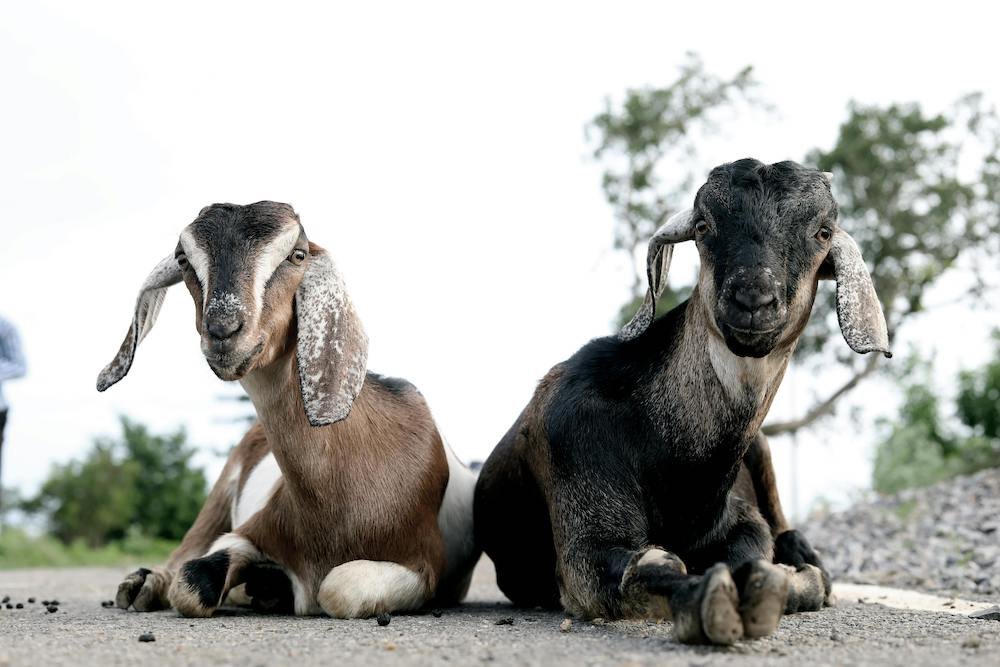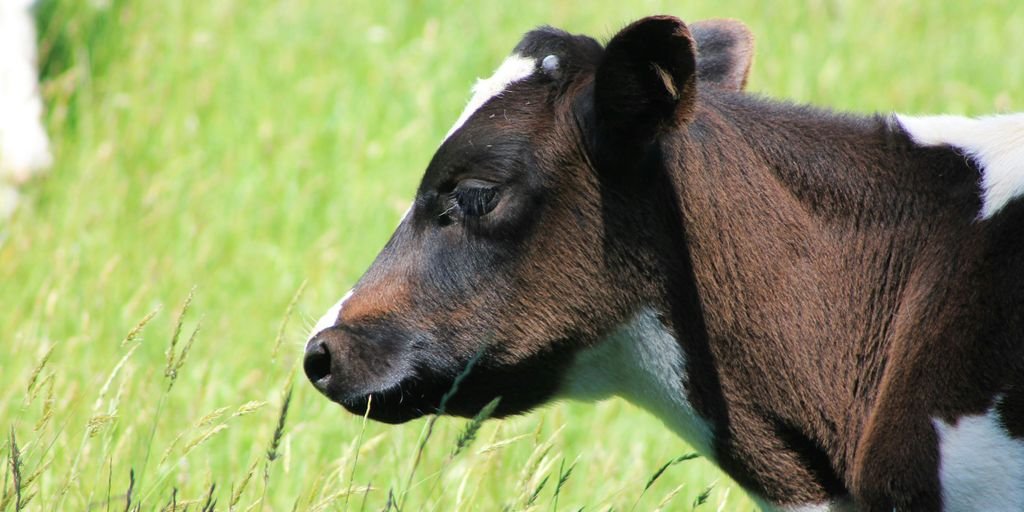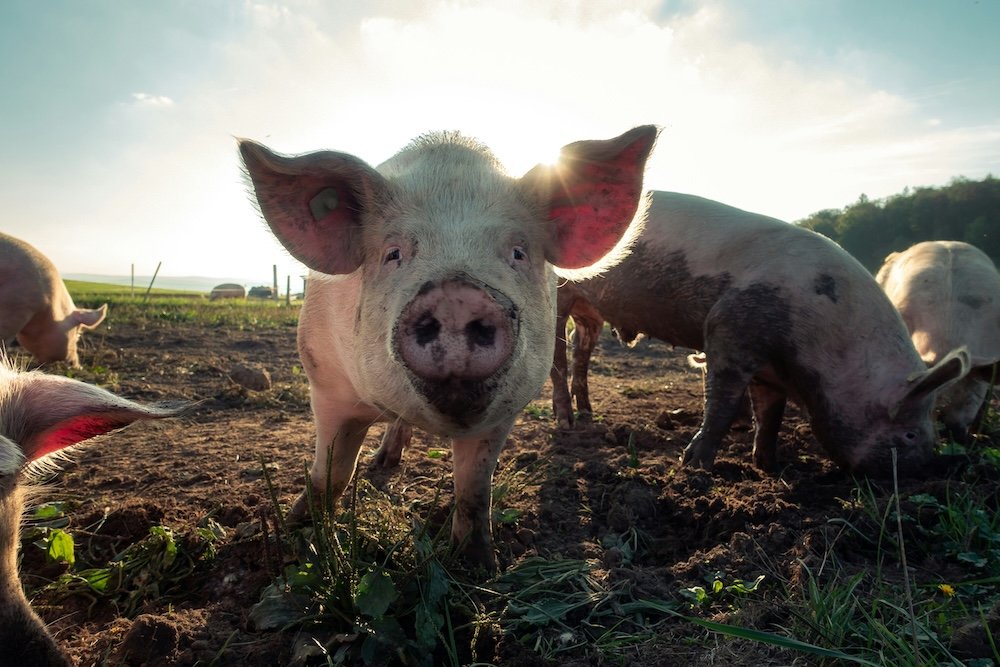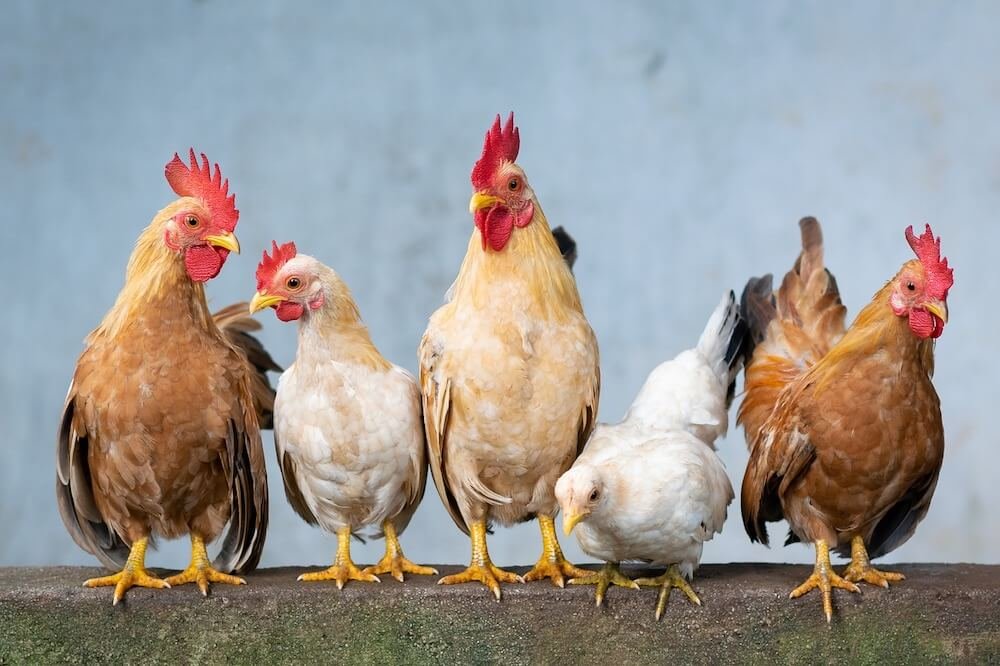A Modern Guide: How to Grow and Hunt for Your Own Food
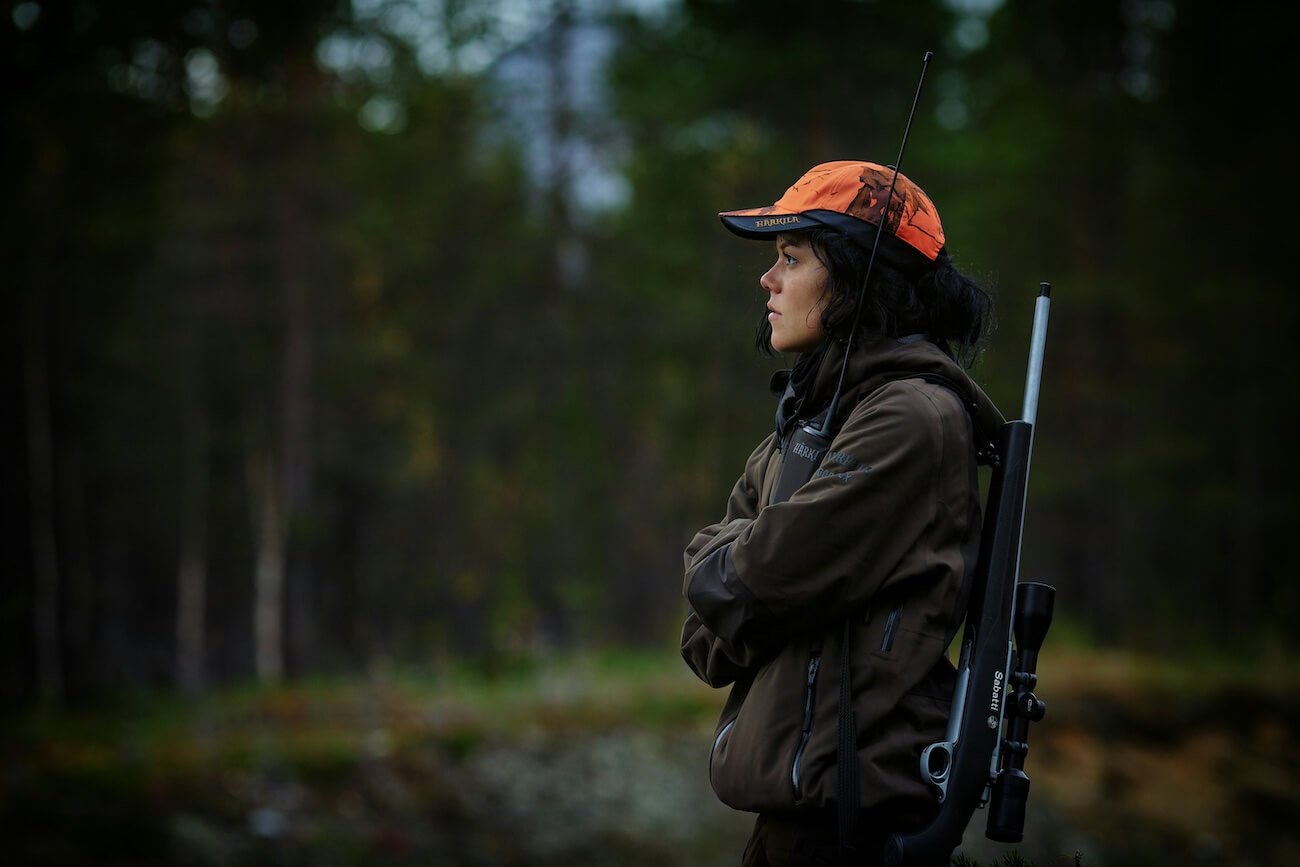
We’ve all thought about it, right? The idea of being able to get our own food, straight from the source. It feels good and makes us think about being more in control of what we eat. This guide is all about how to grow and hunt for your own food. We’ll look at everything from starting a small garden to understanding local hunting rules. Our goal is to help you get started on a path to a more self-sufficient lifestyle, whether you live in the country or a city apartment. It’s a journey, and we’re here to walk you through it, step by step.
Key Takeaways
- Start small with growing food, like a few herbs or vegetables in pots, and then add more as you get better.
- Know your local climate and soil; these things really change what you can grow and how well it does.
- Learning how to save your harvest through things like drying or fermenting is just as important as growing it.
- Before you hunt, you need to understand the rules and get the right training to do it safely and legally.
- Combining growing and hunting helps you have a lot of different food sources, making you more food secure.
Getting Started With Growing Your Own Food
Why Grow Your Own Food?
Let’s be real, the idea of growing your own food can seem a little intimidating at first. But trust us, it’s incredibly rewarding. Think about it: fresher produce, knowing exactly where your food comes from, and the satisfaction of nurturing something from seed to harvest. Plus, in a world where supply chains can be unpredictable, having a hand in your own food source offers a sense of security. It’s not just about saving money; it’s about connecting with nature and taking control of what you eat.
Growing your own food is about more than just the food itself. It’s about the process, the connection to the earth, and the satisfaction of providing for yourself and your family.
Starting Small and Scaling Up
Don’t feel like you need to transform your entire backyard into a farm overnight. The best approach is to start small. Maybe a few pots of herbs on your windowsill, or a small raised bed for some tomatoes and lettuce. The key is to learn as you go. As you gain confidence and experience, you can gradually expand your garden. Consider starting with one crop and mastering it before moving on to others. This way, you’re not overwhelmed, and you can really focus on understanding the needs of each plant. Remember, it’s a journey, not a race.
Here’s a simple plan to get started:
- Choose a small space (even a container will do).
- Select 1-2 easy-to-grow plants (like herbs or lettuce).
- Learn the basics of watering, sunlight, and soil.
Essential Tools and Resources
Okay, so you’re ready to get your hands dirty. What do you actually need? The good news is, you don’t need a ton of fancy equipment to start. A few basic tools will do the trick. Think about a trowel, hand rake, gardening gloves, and a watering can. As you progress, you might want to invest in things like a garden fork or a wheelbarrow, but for now, keep it simple. Also, don’t underestimate the power of knowledge. There are tons of resources available, from books and websites to local gardening clubs. Find what works for you and don’t be afraid to ask questions.
Here’s a short list of tools to get you going:
- Trowel
- Gardening Gloves
- Watering Can
And here are some resources to help you learn:
- Local gardening clubs
- Online gardening forums
- Your local library
Understanding Your Garden’s Needs

Knowing Your Climate and Soil
Let’s talk about the nitty-gritty of where you’re planting. It’s not just about sticking seeds in the ground and hoping for the best. We need to understand what Mother Nature is throwing our way. First, figure out your hardiness zone. This tells us what plants can actually survive the winters in our area. Then, we need to get down and dirty with the soil. Is it sandy, clay-like, or something in between? A simple soil test can give us the lowdown on its pH level and nutrient content. Knowing this helps us choose the right plants and amend the soil if needed.
Water Management is Key
Water is life, and that’s especially true for our gardens. But it’s not just about dumping water on everything. We need to think about how much water our plants need, when they need it, and how to deliver it efficiently. Overwatering can be just as bad as underwatering, leading to root rot and other problems. Consider using a soaker hose or drip irrigation to get water right to the roots, minimizing waste and keeping the leaves dry (which helps prevent disease). Also, mulching around our plants helps retain moisture in the soil, reducing the need to water as often.
The Magic of Composting
Composting is like turning trash into treasure for our gardens. It’s a natural way to recycle kitchen scraps and yard waste into a nutrient-rich soil amendment. Plus, it reduces our reliance on synthetic fertilizers. Here’s how we can get started:
- Start a compost bin or pile in a convenient location.
- Add a mix of “green” materials (like vegetable scraps and grass clippings) and “brown” materials (like leaves and cardboard).
- Turn the pile regularly to aerate it and speed up decomposition.
Composting isn’t just good for our gardens; it’s good for the planet. By reducing waste and creating our own fertilizer, we’re taking a step towards a more sustainable way of life. It takes time, but it’s worth it.
Once the compost is ready, we can mix it into our garden beds to improve soil structure, fertility, and water retention. It’s like giving our plants a superfood boost!
Beyond Just Planting: The Harvest
The Work Doesn’t End at Planting
Okay, so you’ve nurtured your seedlings, battled the bugs, and kept those weeds at bay. Congrats! But let’s be real, the real work is just beginning. Harvesting isn’t just about picking ripe veggies; it’s about timing, technique, and knowing when your plants are at their peak. We’ve learned the hard way that a perfectly grown tomato left on the vine too long turns into a mushy mess.
- Knowing when to harvest is key.
- Gentle handling prevents bruising.
- Harvesting at the right time maximizes flavor and storage life.
Integrating Your Harvest Into Your Diet
Now comes the fun part: eating what we’ve grown! But it’s more than just tossing some lettuce into a salad. We try to think about how to really integrate our harvest into our daily meals. This might mean experimenting with new recipes, learning preservation techniques, or even just finding creative ways to use up that bumper crop of zucchini. It’s about making homegrown food a central part of our lives, not just a side dish. We’ve found that planning meals around what’s in season not only tastes better but also reduces food waste.
Planning for Abundance
One of the biggest lessons we’ve learned is the importance of planning for abundance. It’s easy to get caught up in the excitement of planting, but what happens when everything ripens at once? We’ve been there, knee-deep in tomatoes, wondering what to do with them all. That’s why we now focus on succession planting, staggering our planting times to ensure a steady supply of produce throughout the season. We also think about preservation methods before the harvest even begins.
Planning ahead is key to managing a successful harvest. Consider succession planting to extend your harvest season and explore preservation techniques to make the most of your bounty. This approach helps prevent waste and ensures a continuous supply of homegrown food.
Preserving Your Bounty
Why Preservation Matters
We’ve all been there – a garden overflowing with produce, more than we could possibly eat fresh. That’s where preservation comes in! Preserving our harvest allows us to enjoy the fruits (and vegetables!) of our labor year-round, reducing waste and ensuring we have access to nutritious food even when the growing season is over. It’s about extending the life of our hard work and building a buffer against times of scarcity. Plus, there’s something incredibly satisfying about opening a jar of homemade pickles in the dead of winter, a little taste of summer sunshine.
Beyond Canning: Dehydration and Fermentation
While canning is a popular method, it’s not the only game in town. Dehydration and fermentation offer fantastic alternatives, each with its own set of benefits. Dehydrating is simple and effective for fruits, vegetables, and herbs, concentrating their flavors and making them easy to store. Fermentation, on the other hand, not only preserves food but also enhances its nutritional value and introduces beneficial probiotics. Think sauerkraut, kimchi, and even sourdough bread – all products of fermentation! Don’t be intimidated; start with easy recipes and gradually expand your repertoire. We can even try making fermented foods like pickles.
Making Your Harvest Last
To truly make our harvest last, we need to think beyond just the preservation method itself. Proper storage is key. Here are some tips:
- Cool, Dark, and Dry: This is the mantra for most preserved goods. A root cellar is ideal, but a cool basement or even a dark closet can work.
- Airtight Containers: Whether it’s canned goods, dehydrated snacks, or fermented vegetables, make sure they’re stored in airtight containers to prevent spoilage.
- Label Everything: Date and label each jar or package so you know what it is and when it was preserved. This helps with inventory management and ensures you’re using the oldest items first.
Planning is also important. Before the growing season even begins, we should consider what we want to preserve and how much of it. This will help us determine what to plant and how much space to dedicate to each crop. It’s all about creating a sustainable system that provides us with food security throughout the year.
Hunting for Your Own Food

While growing your own food offers a direct connection to the earth, hunting provides another avenue for self-sufficiency. It’s a skill that connects us to our ancestors and offers a sustainable way to source meat. However, it’s crucial to approach hunting responsibly and ethically.
Understanding Local Regulations
Before even thinking about heading into the woods, we need to understand the local hunting regulations. These rules aren’t just suggestions; they’re laws designed to protect wildlife populations and ensure fair chase. Regulations vary widely by state and even by county, so doing your homework is vital. We need to know:
- What species are legal to hunt.
- When the hunting seasons are open for each species.
- What types of weapons are permitted (e.g., firearms, bows).
- What licenses and permits are required.
- Where hunting is allowed (public vs. private land).
Ignoring these regulations can lead to hefty fines, loss of hunting privileges, or even jail time. Contact your state’s wildlife agency for the most up-to-date information.
Essential Hunting Skills
Hunting isn’t just about pointing and shooting. It requires a range of skills, from tracking and identifying animals to safely handling firearms or bows. We need to develop proficiency in several key areas:
- Firearm or bow proficiency: Practice regularly at a shooting range to ensure accuracy and safe handling.
- Tracking: Learn to identify animal tracks, scat, and other signs to locate game.
- Woodsmanship: Develop skills in navigation, shelter building, and wilderness survival.
- Game identification: Be able to distinguish between different species and sexes to avoid accidental violations.
- First aid: Know how to treat injuries in the field, both for ourselves and for our hunting partners.
Ethical hunting is paramount. This means taking clean, quick shots to minimize suffering, respecting the animal even in harvest, and utilizing as much of the animal as possible.
Processing Your Game
Once we’ve successfully harvested an animal, the work isn’t over. Proper field dressing and processing are crucial for ensuring the meat is safe and palatable. This involves:
- Field dressing the animal promptly to remove internal organs and cool the carcass.
- Transporting the carcass safely and hygienically.
- Skinning and butchering the animal into usable cuts of meat.
- Properly storing the meat through freezing, canning, or drying.
Learning these skills can be done through books, online resources, or by apprenticing with experienced hunters. Consider taking a butchering class to learn the best techniques for processing different types of game.
Integrating Growing and Hunting

A Holistic Approach to Food Security
For us, food security isn’t just about having enough to eat; it’s about creating a resilient and interconnected system. It’s about understanding where our food comes from and how we can actively participate in its production. We see growing and hunting not as separate activities, but as complementary parts of a larger whole. When the garden is abundant, we focus on preserving those resources. When the hunting season arrives, we supplement our stores with wild game. This approach allows us to diversify our food sources and reduce our reliance on external systems. It’s about knowing how to manage the landscape around us.
Building Diverse Food Sources
Diversity is key to a stable food supply. Relying solely on one source, whether it’s a single crop or a specific type of game, leaves us vulnerable to unforeseen circumstances like crop failure or disease outbreaks. We aim to cultivate a wide variety of plants in our garden, from staple crops like potatoes and beans to fruits and vegetables that provide essential vitamins and minerals. Similarly, we diversify our hunting efforts by targeting different species of game, depending on their availability and the health of the local ecosystem. This approach ensures that we have multiple options to fall back on, no matter what challenges we face. It also helps us to develop a deeper understanding of the natural world around us. We can grow a year’s worth of food by diversifying our crops.
The Joy of Self-Sufficiency
There’s a unique satisfaction that comes from providing for ourselves. It’s more than just saving money or eating healthier; it’s about connecting with the land and understanding the cycles of nature. We find joy in nurturing a seed into a plant, in tracking and harvesting game, and in preserving the fruits of our labor for the leaner months. This self-reliance fosters a sense of independence and resilience that is hard to come by in our modern world. It’s about reclaiming our connection to the food we eat and taking control of our own well-being. It’s about the embodied presence of those involved.
Growing and hunting our own food has transformed our relationship with the natural world. It’s taught us patience, respect, and a deep appreciation for the resources that sustain us. It’s not always easy, but the rewards are immeasurable.
Long-Term Food Independence
Building Resilient Food Systems
For true long-term food independence, we need to think beyond just this year’s harvest or hunt. It’s about creating systems that can withstand challenges – whether it’s a changing climate, economic shifts, or unexpected disruptions. This means diversifying our food sources and building redundancy into our plans. We can’t rely on a single crop or hunting spot. Think about layering different strategies: a well-stocked pantry, a thriving garden, knowledge of foraging, and hunting skills. This approach ensures that if one source fails, we have others to fall back on. It’s about creating a sustainable homesteading that can provide for us, no matter what comes our way.
Saving Seeds for the Future
Saving seeds is a cornerstone of long-term food independence. It’s more than just collecting seeds; it’s about selecting the best plants from our garden each year – the ones that are most resistant to disease, produce the most abundant yields, and thrive in our specific climate. These seeds carry the genetic information that will help our future gardens flourish.
Here’s a simple guide to seed saving:
- Choose open-pollinated or heirloom varieties.
- Allow plants to fully mature before collecting seeds.
- Properly dry and store seeds in a cool, dark place.
Seed saving is an act of resistance against corporate control of our food supply. It’s about reclaiming our right to grow our own food and ensuring that future generations have access to the resources they need.
By saving seeds, we’re not just preserving genetic diversity; we’re also building a deeper connection to the land and the food we eat. It’s a way to ensure that our gardens continue to thrive for years to come. Consider using a crop rotation system to improve soil health and reduce pests.
Continuous Learning and Adaptation
Food independence isn’t a destination; it’s a journey. The climate changes, new pests emerge, and our own needs evolve. That’s why continuous learning and adaptation are so important. We need to stay curious, experiment with new techniques, and be willing to adjust our plans as needed. Gardening is a skill that improves with practice.
Here are some ways we can continue to learn:
- Join a local gardening or hunting club.
- Attend workshops and conferences.
- Read books and articles on sustainable agriculture and wild game processing.
| Resource | Focus |
|---|---|
| Local Experts | Region-specific advice |
| Online Forums | Troubleshooting and shared experiences |
| Extension Offices | Research-based information |
Ultimately, long-term food independence is about embracing a mindset of resilience and self-reliance. It’s about understanding that we have the power to provide for ourselves and our communities, and that by working together, we can create a more secure and sustainable future. It’s about learning to eat the food, and preserve them for later use.
Wrapping It Up
So, we’ve talked a lot about growing and finding our own food. It’s a journey, for sure, and it’s not always easy. We’ve seen that it takes some planning, some learning, and a bit of getting our hands dirty. But think about it: knowing where your food comes from, having that connection to the earth, and being able to provide for ourselves and our families? That’s a pretty cool feeling. We’re not saying you need to become a full-time farmer or hunter overnight. Just start small. Plant a few herbs, try a new foraging spot, or learn how to preserve some extra veggies. Every little bit helps us feel more connected and more prepared. It’s about building skills, being resourceful, and maybe even finding a new hobby along the way. We can do this, one step at a time.
Frequently Asked Questions
How do we start growing our own food if we’ve never done it before?
Starting our own food journey doesn’t have to be a huge leap. We can begin with something small, like a simple herb garden on a windowsill or a single raised bed in the yard. The key is to learn as we go. As we get more comfortable, we can slowly add more plants or try new methods. It’s like learning to ride a bike; we start with training wheels and then, little by little, we can go faster and farther.
Is growing our own food expensive or does it take too much time and space?
We often hear that gardening takes a lot of time, money, and space. But that’s not always true! We can start with just a few dollars for seeds and some soil. Even a small apartment balcony can become a mini-farm. The time commitment can be as little as 15-30 minutes a day, just checking on our plants. The most important thing is to be patient and enjoy the process. Every little bit of food we grow ourselves is a success!
What are the main benefits of growing our own food?
When we grow our own food, we get to pick it at its very best, often just moments before we eat it. This means it’s super fresh and packed with more good stuff for our bodies than food that’s traveled a long way to the store. Plus, we know exactly what went into growing it – no mystery chemicals! It’s also a great way to save money on groceries and feel more connected to where our food comes from.
What’s the first thing we need to know before we start hunting for food?
Hunting for our own food is a big step, and the first thing we need to do is understand the rules. Every state and even different parts of a state have their own laws about hunting, like what animals we can hunt, when we can hunt them, and what kind of gear we can use. We also need to get the right licenses and permits. It’s super important to learn these rules to hunt safely and legally.
Besides canning, what are some other ways we can preserve our harvest?
We might think of canning when we hear ‘preserving food,’ but there are so many other cool ways! We can dry fruits and veggies in a dehydrator or even just in the sun. Fermenting, like making sauerkraut or pickles, is another old and fun way to keep food good for a long time and add healthy stuff to it. Freezing is also super easy for many foods. We should pick the method that works best for the type of food we have and what we plan to do with it.
How does combining growing and hunting help us become more food independent?
Bringing growing and hunting together means we’re taking charge of our food in a big way. It’s about having a mix of food sources, so we’re not relying on just one thing. If our garden has a bad year, we might have successful hunting. If hunting is tough, our garden can pick up the slack. This helps us feel more secure about always having food, and it teaches us valuable skills for living off the land.



